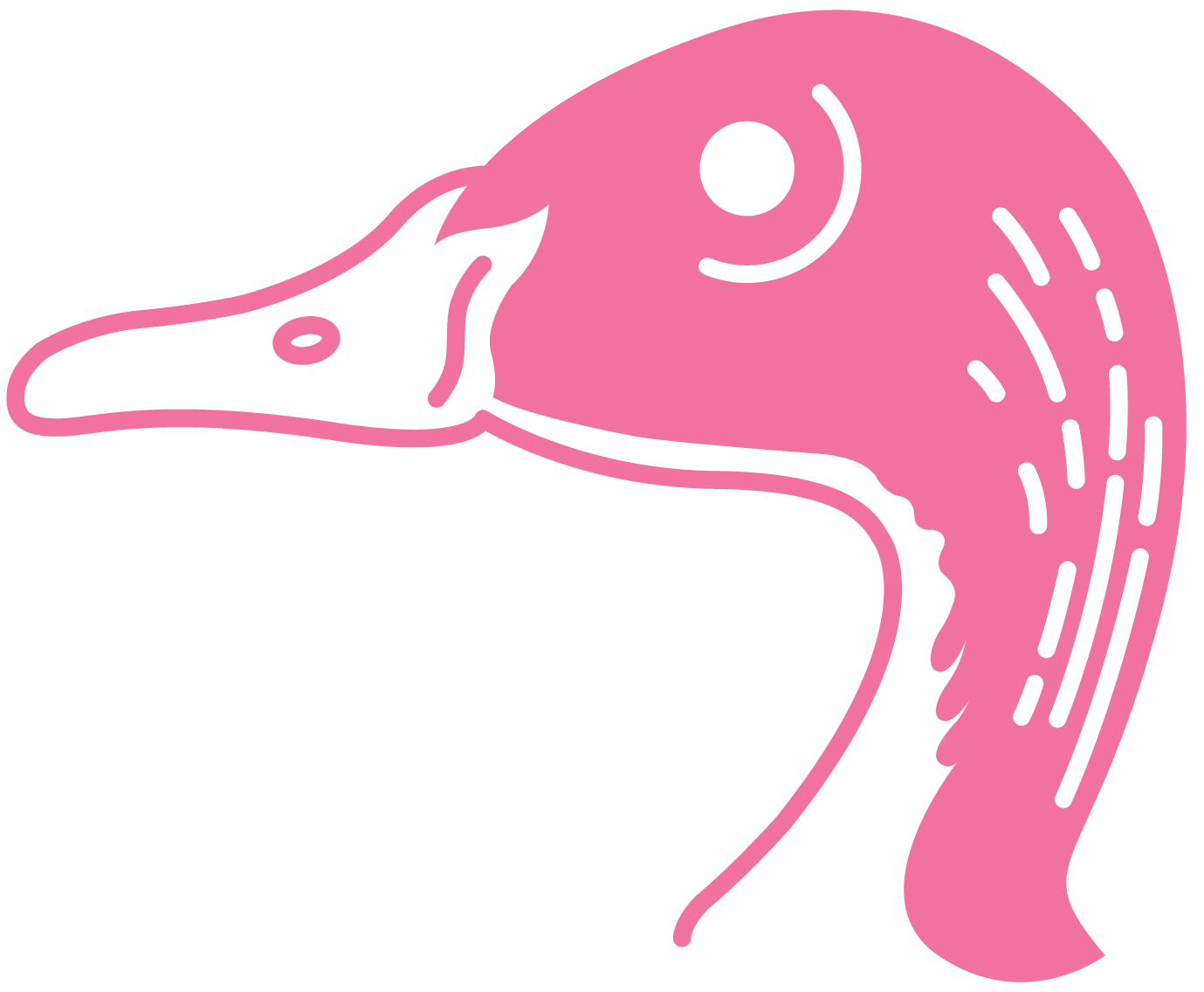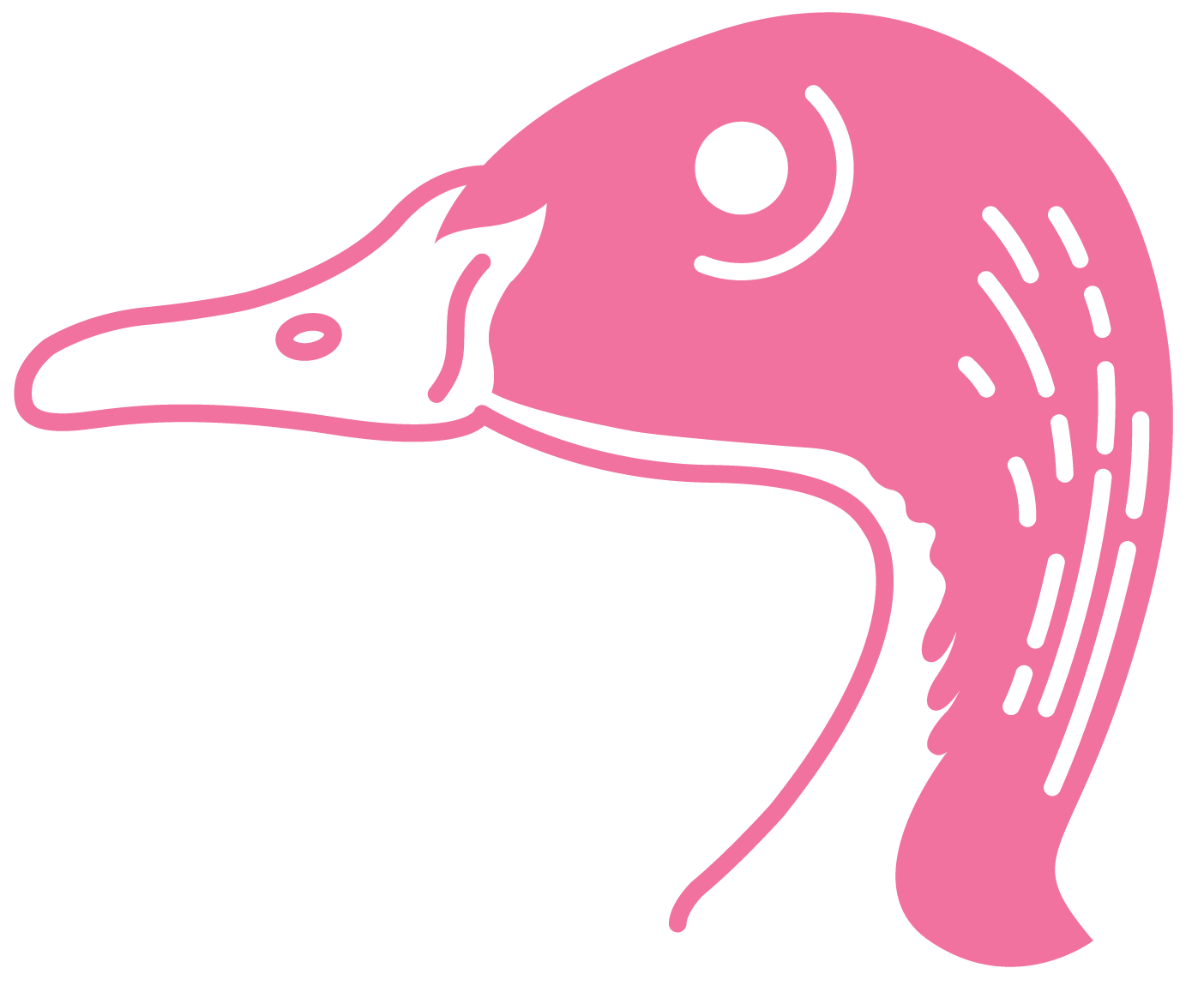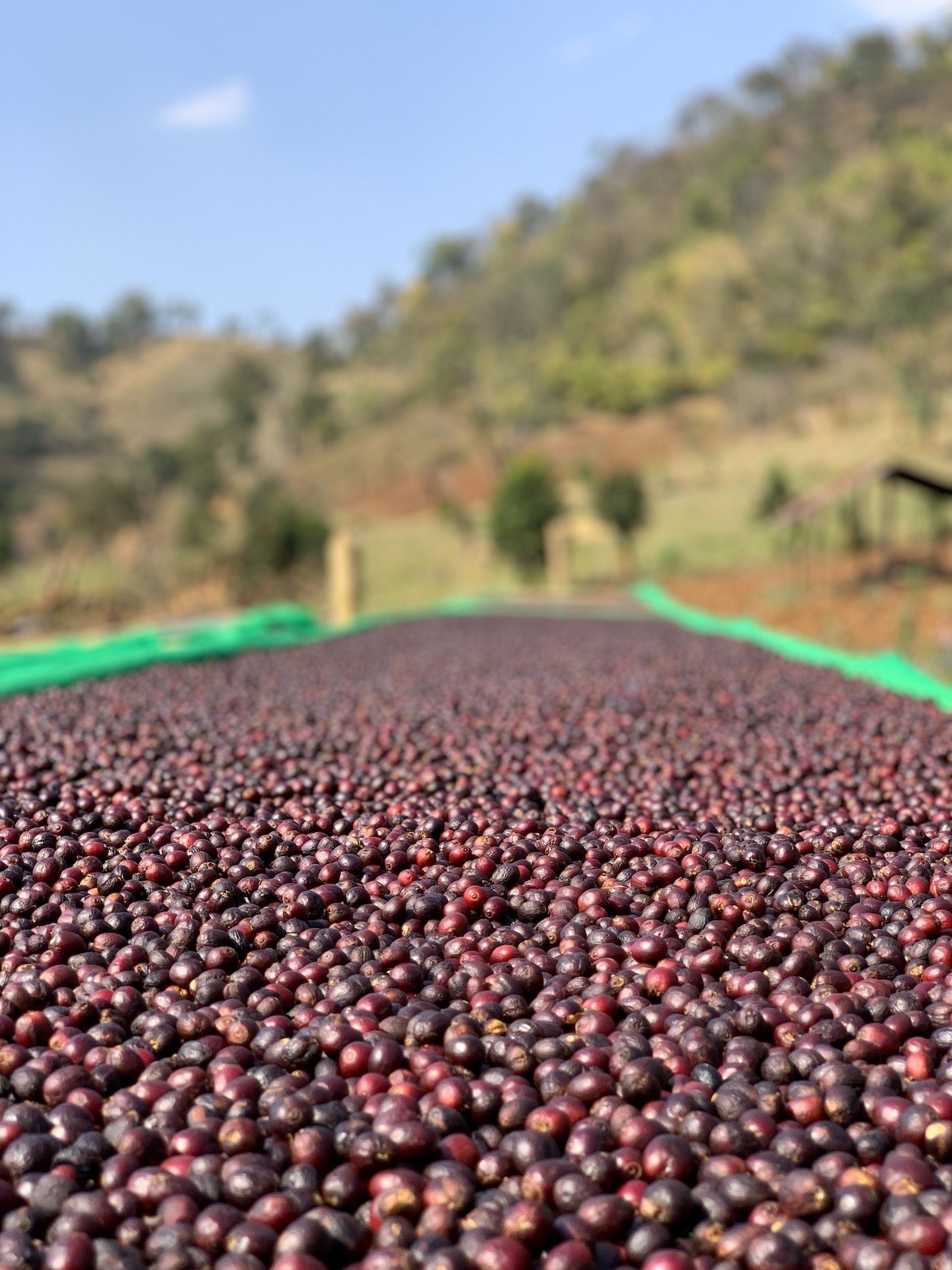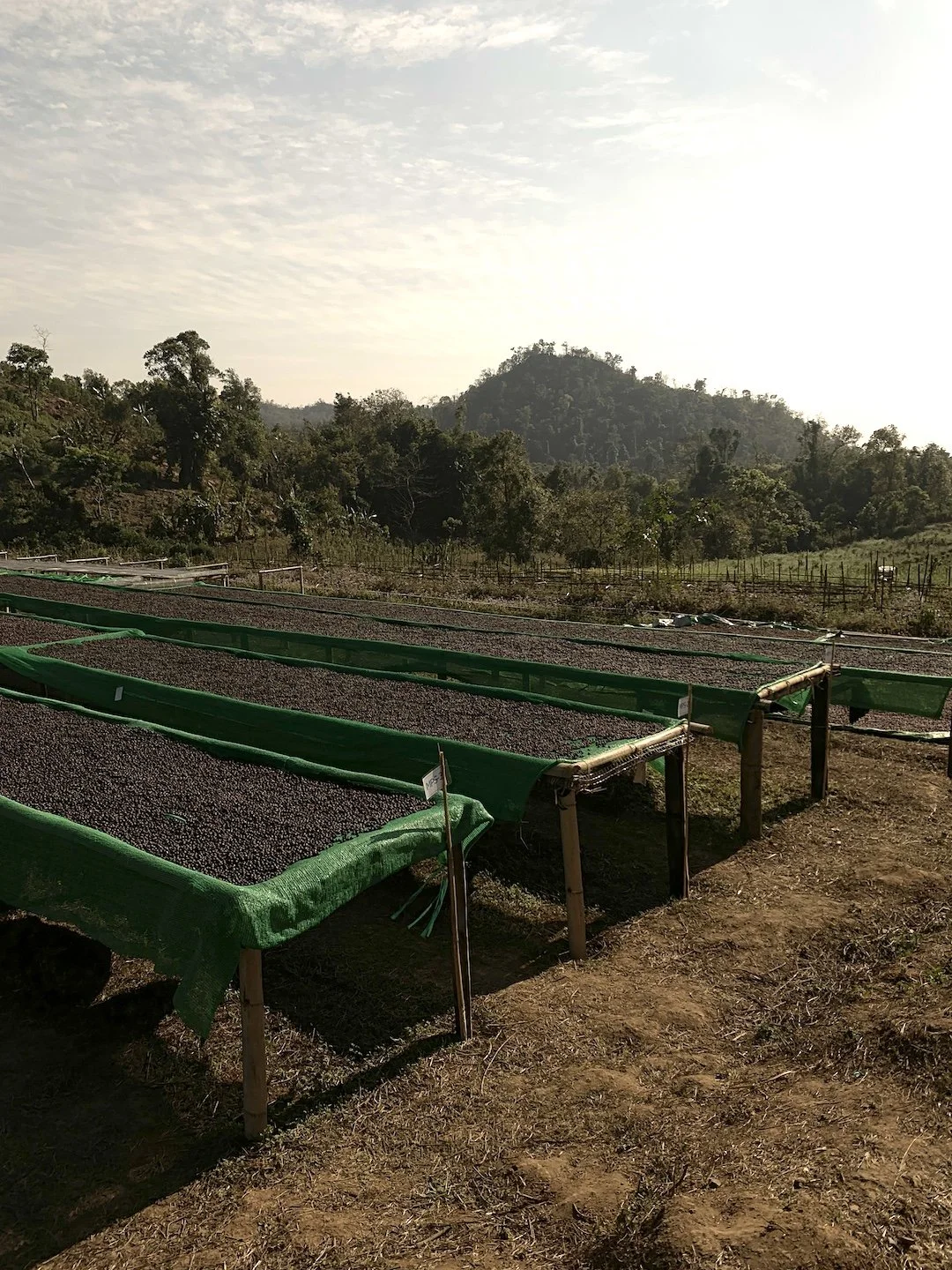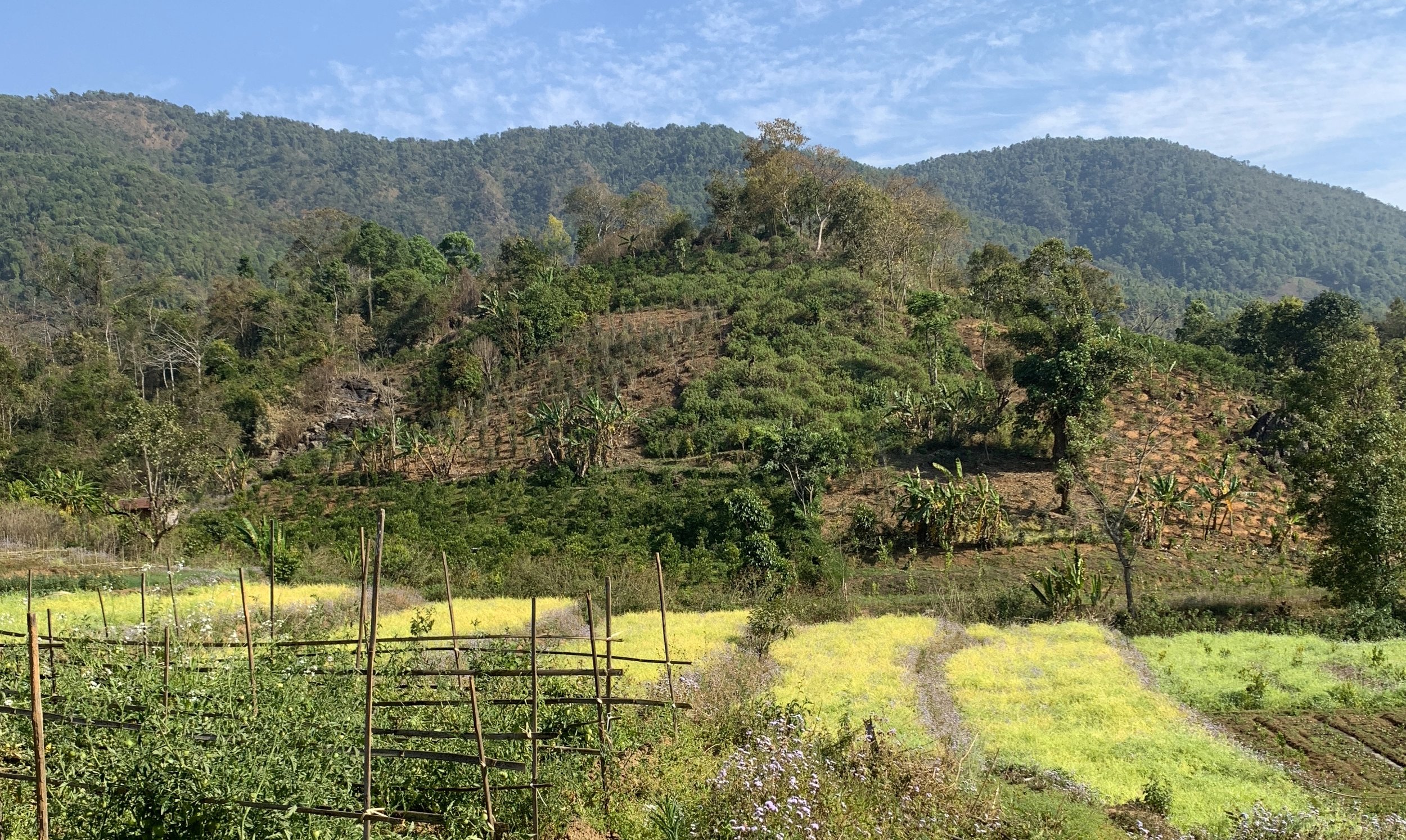
Mya Paw Saw Village
“An incredibly unique coffee, which was unlike anything I have had to-date.”
-Andrew Pautler, Pull & Pour Coffee
Mya Paw Saw was one of the first villages our Myanmar partner, Sawbwa Coffee, visited soon after its founding in 2018—and it’s a relationship that all of us want to continue connecting roasters with across the US. The majority of smallholder farmers here are women, and the high-quality dry naturals they produce are best known for their floral aroma, bright acidity and deeply sweet and fruity flavors.
About the origin:
Elevation: 1,294masl (4,245 ft)
Ethnic group: Pa-O
Production families: 50
Variety: Catuai
Location: 21.129676, 96.530387
2025 forward availability: Pre-shipment samples available upon request (starting March 2025)
Village name & history
This village name comes from the Burmese language — Mya translates to “emerald,” and Paw Saw are the names of the two adventurers who founded the village long ago. The emerald takes centerstage in the origin stories for Mya Paw Saw and Mya Ze Di villages, as both stories describe the Buddhist pagodas in each village being built with an emerald inside. Mr. Paw and Mr. Saw, the village founders, built their treasured emerald-encapsulated pagoda as a central landmark and, to this day, it is visible from wherever you stand in this mountainside village.
For thousands of years, emeralds have been sought after by rulers as they are rare and, in the case of Myanmar, come from far away places. By housing an emerald inside a pagoda, the holiest sites within Theravada Buddhism, it signifies to residents and visitors how exceptional Mya Paw Saw’s pagoda truly is.
The people
As the tale goes, there was once a Weiza, or supernatual being, and a Dragon Mother who laid three eggs — one of which gave birth to the ethnic Pa-O people.
Today, the Pa-O make up the second largest ethnic group in Shan State. Their men and women are famous for their eye-catching turbans, which bring to life their fabled origin story. Pa-O women wear colorful headdresses to resemble the form of their Dragon Mother while Pa-O men drape theirs to the side to mimic their Weiza Father, whom many believe their people are all descendants of to this day.
Their community, however, is not originally from this mountainous region of Myanmar. They fled here nearly one thousand years ago after their coastal homeland, in modern day Mon State, was conquered by the Burmese Kingdom. Three hundred miles away in the Shan Hills, the Pa-O started a new life, bringing Buddhism and their strong traditions with them.
Stand-out flavor notes:
Green apple, almond and butter toffee
More photos
